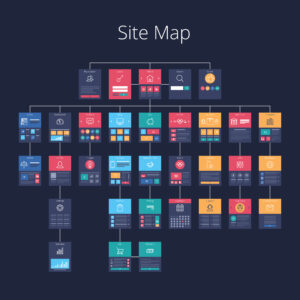This tool will help ensure the content you create for SEO purposes aligns with your brand and is relevant to your audience.
It also shows how reputable your brand is to speak on a particular topic.
Use this tool to ensure you don’t make bad SEO content that doesn’t serve your business or your website visitors.
Try it here:
What the Brand & Audience Planner App Does
This app is designed to tell you how “on-brand” a set of content ideas is.
It will evaluate a list of topics you’re considering writing about.
Using information about your brand and the audience you are targeting with the topics.
It scores each topic based on brand-audience alignment.
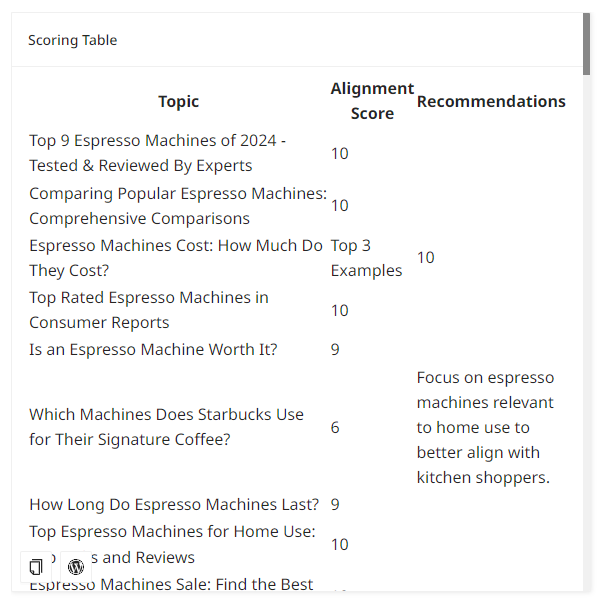
It also provides recommendations to alter topics to get higher brand alignment scores.
The result is a scored assessment with recommendations for creating content that closely aligns with your brand and the target audience.
Note: This app is experimental. Take AI-generated advice with a grain of salt. Use your brain to validate ideas.
How the Brand & Audience Planner App Works
The Brand & Audience Planner App is easy to use. Simply fill out a few fields of information about your brand and the target audience. Then provide a list of topics you’re considering writing and hit run. The app does the rest.
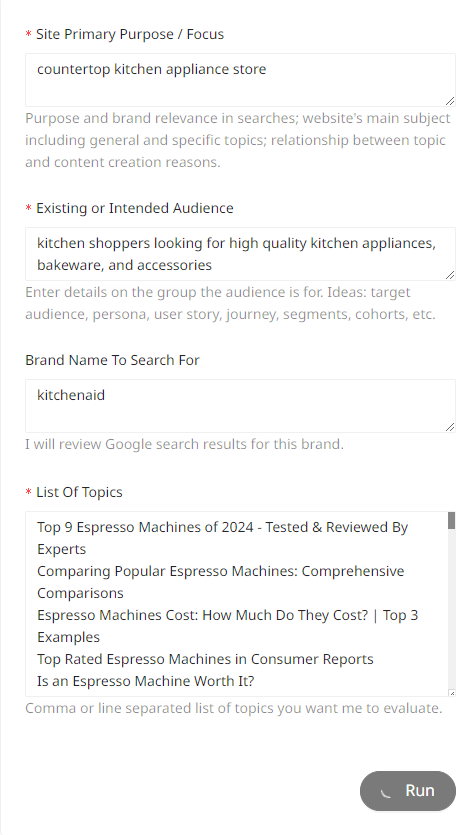
How to format your topic list
Your topic list should have a simple format. The topic name is separated by commas or line breaks. You don’t need to provide search volume or competitive metrics. It’s a text input on purpose.
I copied a list of title tags from a set of keyword research in the example above. You could also use keywords, but I prefer to use the tool to focus on topics.
Use cases for the Brand & Audience Planner App
This app is useful for anyone who frequently plans and creates SEO-focused content.
Here are some cases where this app comes in handy:
- Ensuring keyword research aligns with your audience and brand.
- Improving proposed topic ideas for better brand and audience alignment.
- Evaluating poor-performing content for brand and audience alignment.
- Finding correlations between high-performing content and brand audience alignment.
- Assessing a competitor’s high or low-performing content for brand and audience alignment.
Why do brand and audience matter for SEO?
Search engines want to show users the best content available for a specific query. That’s why creating content that aligns with your brand and audience matters so much.
When people use a search engine, they want to find credible and trustworthy sources of information. 82% of search users prefer clicking on brands they recognize.
There is also another layer of appropriateness as to whether a specific brand is a good source for a specific topic.
Other than large media networks that are known for covering vast topics, most sites should essentially try to stay within their umbrella of closely related topics.
Home Decor vs Home Gardening Example
A home decor company is a trustworthy source for the latest interior design trends.
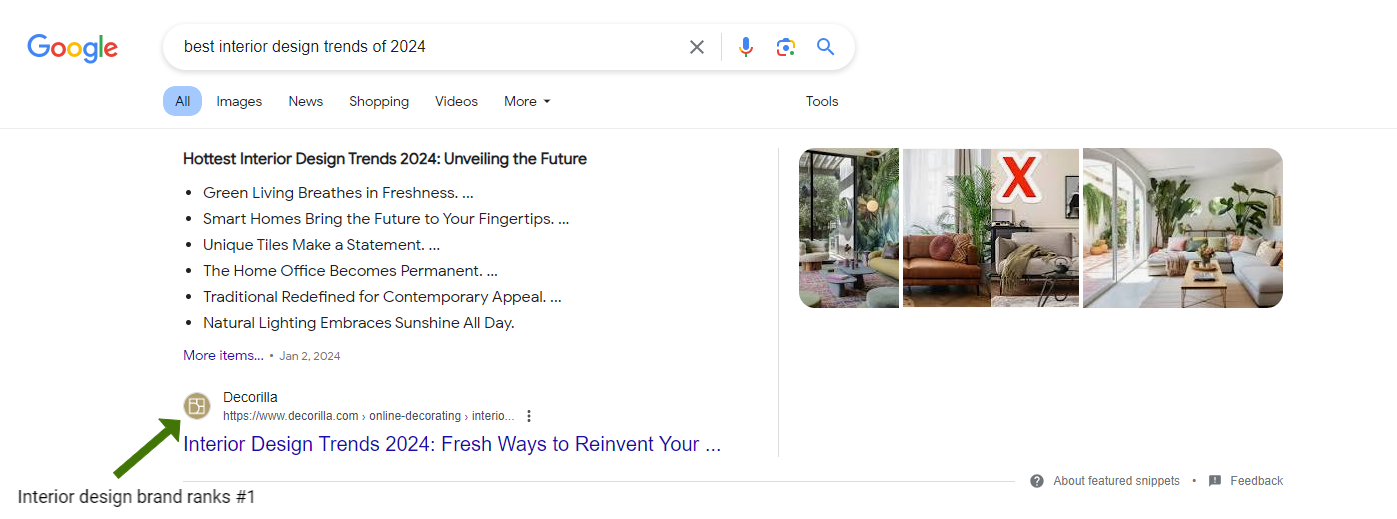
But that same home decor company would not be a trustworthy source for tips on growing tomatoes compared to a home gardening site.
We would naturally trust a home gardening site for info on growing tomatoes, and a home decor site for the latest design trends.
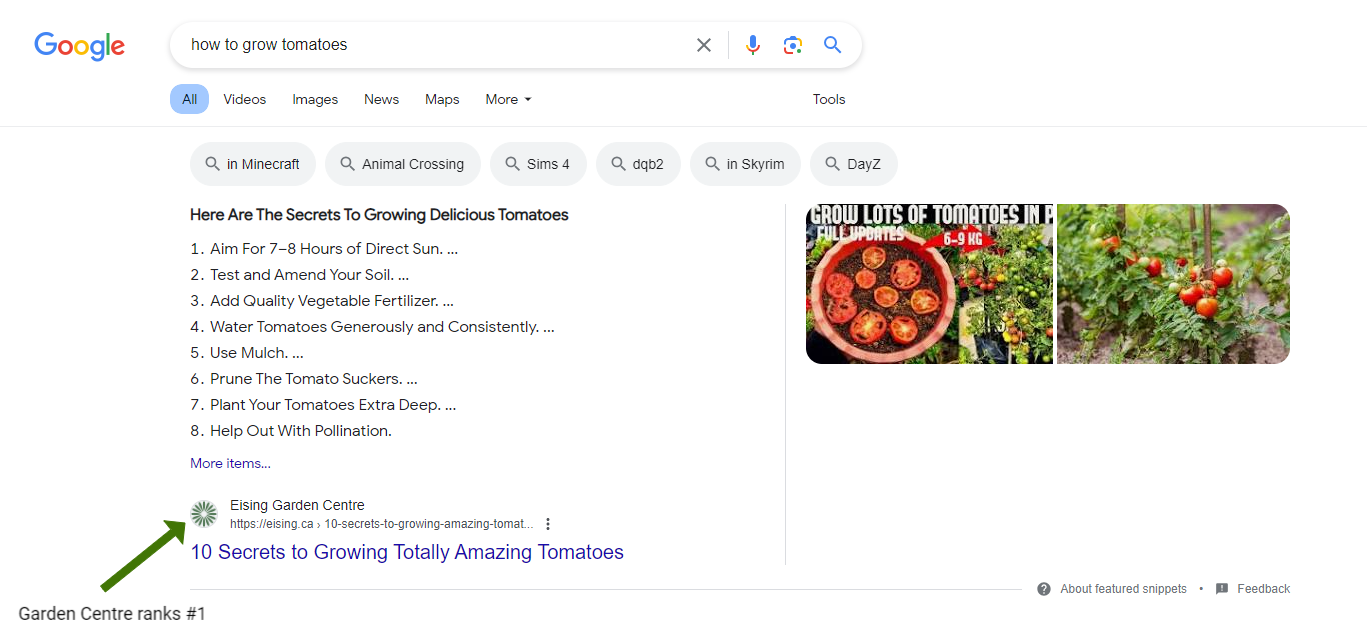
Same audience, different trustworthiness
The kicker here is that the audience who searches interior design trends and tomato growing tips may be the same person.
As a result, it can be easy for those who plan a brand’s content to create content relevant to that audience, but not relevant to the brand itself.
That may be fine if the goal isn’t SEO traffic.
What search engines want: established topical trust
On modern-day search engines for the vast majority of websites, the trust is extended to your core topics and not much beyond.
Convincing search engines to rank your site for topics further away from the rest of what your sites talk about is becoming increasingly challenging for most.
Algorithm updates are very likely to continue trending in this direction of sites sticking to core topics.
Because historically it’s been too easy for SEOs and marketers to game the system.
I don’t necessarily see this as a bad thing. Brands should only make content that benefits their target audience.
But in the past, SEOs have made lots of content in the name of traffic alone.
Decentivising this forces us to do the right thing!
Brand recognition manipulation and parasite SEO
Marketers realized that because giant sites like Reddit have so much brand recognition, they can rank for interior design trends, tomato growing tips, and just about anything else.
And Google hasn’t managed to solve this problem quite yet. Parasite SEO has become more popular lately.
What is parasite SEO?
Parasite SEO is essentially just creating content on widely recognized brand sites to rank for high-competition topics.
It still works quite well despite several algorithm updates targeted at putting a stop to it.
Google will find ways to continually reduce its effectiveness. But there is a long way to go.
Spam content is popping up everywhere lately
Many SEOs are reporting record-breaking spam being indexed as a result of a series of broad core updates in 2023.
Oh look, Google Community notes getting indexed and ranking. pic.twitter.com/a4pGWDW5M8
— Lily Ray 😏 is on vacation 🌴🧘 (@lilyraynyc) February 15, 2024
This is why Google’s guidelines say things to suggest you should stay in your lane. It’s what they’re optimizing for.
Thinking long term, it’s better to create SEO content with several years of shelf life vs something that will rank for a year and then tank.
Google’s guidelines on brand and audience alignment
Google’s helpful content guidelines state the importance of audience and brand directly:
- “Does your site have a primary purpose or focus?”
- “Do you have an existing or intended audience for your business or site that would find the content useful if they came directly to you?”
- “If someone researched the site producing the content, would they come away with an impression that it is well-trusted or widely-recognized as an authority on its topic?”
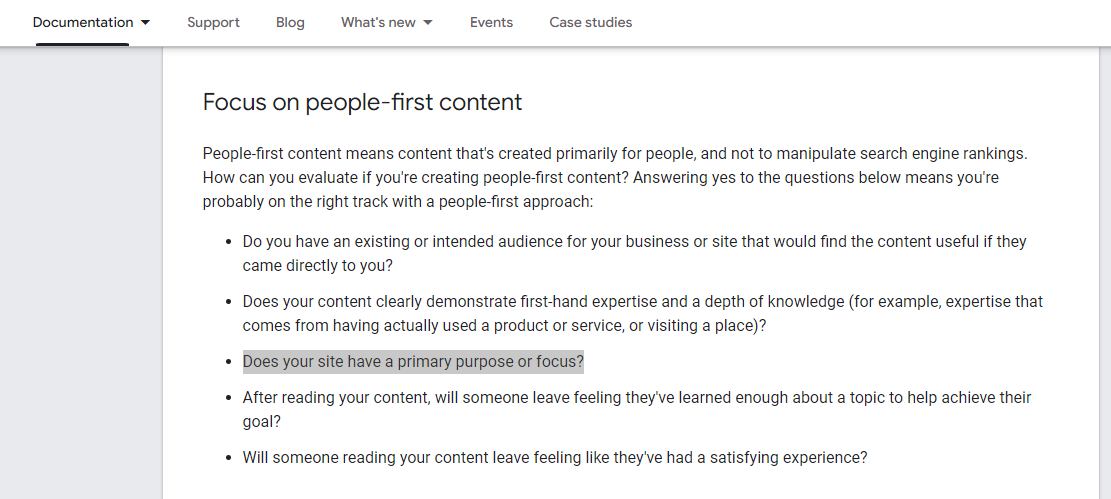
Why these guidelines matter: Helpful content updates
These guidelines are critically important. Google rolled out an executioner known as the helpful content system and made several updates to it over the past few years.
As a result, sites that don’t follow these guidelines have lost the majority of their traffic. And very few have recovered.
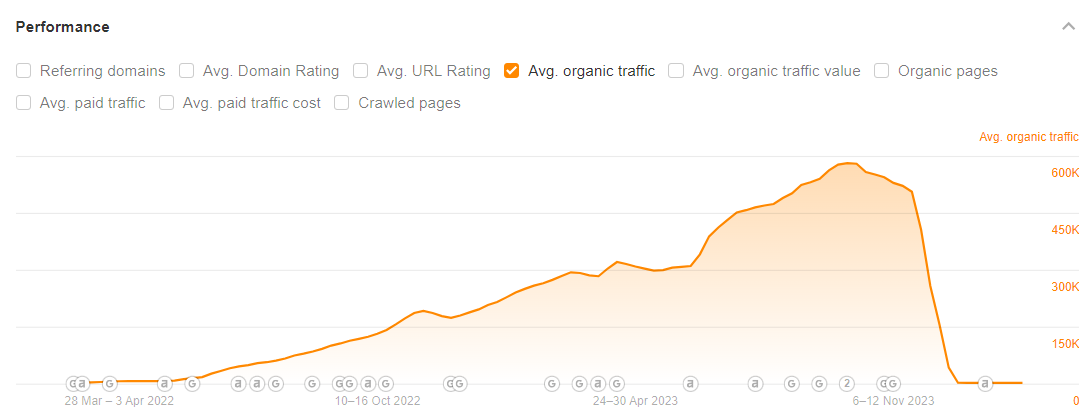
Helpful content has little to do with SEO
These guidelines aren’t SEO-focused. They don’t talk about using the right keywords so Google can rank the content more easily.
The helpful content guidelines are strictly user-focused. And it covers things that SEO-minded people would not consider. Like whether your site has a primary purpose or focus.
Topical authority and brand-audience alignment
This is a key ingredient to SEO rankings today.
Koray’s guides on topical maps and topical authority frequently talk about Source Context, Central Entity, and Central Search intent.
These three components all relate to your brand and audience. Topical maps are planned with recurring key details in mind like what your brand is about, who the content is for, and how your brand aligns with the audience.
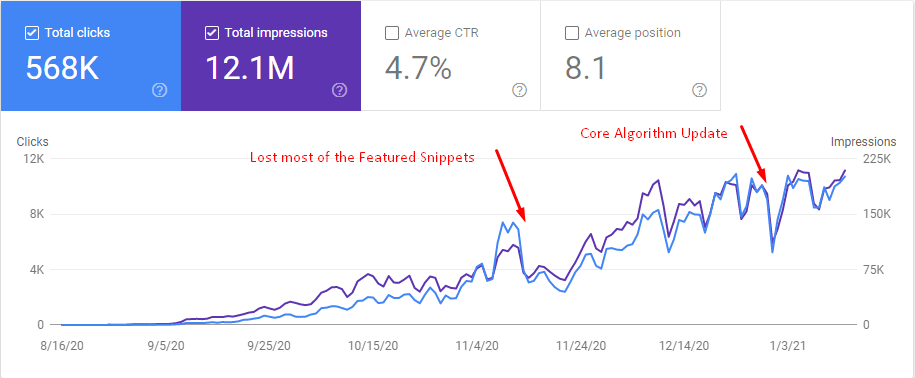
Does topical authority work?
Yep. Holistic SEO has published over 20 in-depth case studies showcasing dramatic and ongoing increases in traffic from search engines. While many other sights experience a continuous decline from algorithm updates.
From my own experience evaluating hundreds of sites as an SEO consultant, I find that the sites that have good brand-audience alignment, decent brand recognition, and topical authority, seem to be performing the best consistently across all kinds of industries.
Brand recognition and authority on a topic
Whether your site is well-trusted or widely recognized as an authority on the topic is more challenging to achieve. But not as hard as you might think.
It doesn’t make sense to skip topics because you don’t think your brand has enough authority or recognition to rank for it. Especially for a newer brand.
Although this is a common SEO practice. We often look at vanity metrics like “Domain Rating” to determine if our site with a higher DR can outrank a site with a lower DR.
However, a local DR 7 podiatrist’s website can outrank Healthline, a DR 90 global health brand on medical topics, as they should.
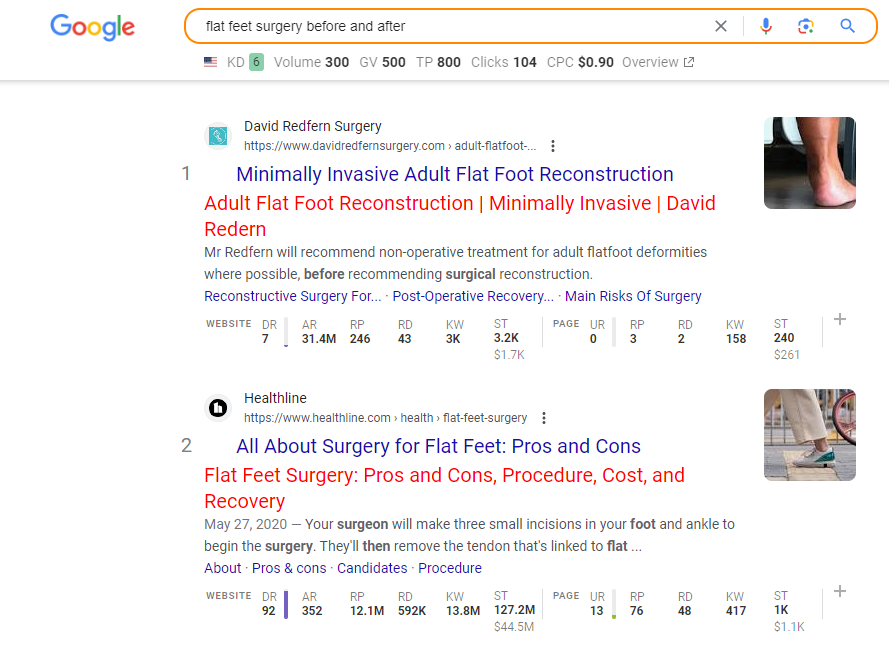
Instead of skipping topics entirely, prioritize the ones that have closer brand and audience alignment. These will be easier to rank for in the short-term.
Brand authority = passing a human gut check
Google doesn’t talk about DR or any SEO metrics for brand recognition. Google’s guidelines on brand recognition are more about passing a human gut check.
If someone were interacting with your brand for the first time, could they quickly verify if your brand is a reputable source for this topic?
Someone who doesn’t do SEO for a living isn’t going to whip out Ahrefs and check how many backlinks your site has.
They will likely check out a few pages on your site like the About Us page. And Google your brand to see what comes up.
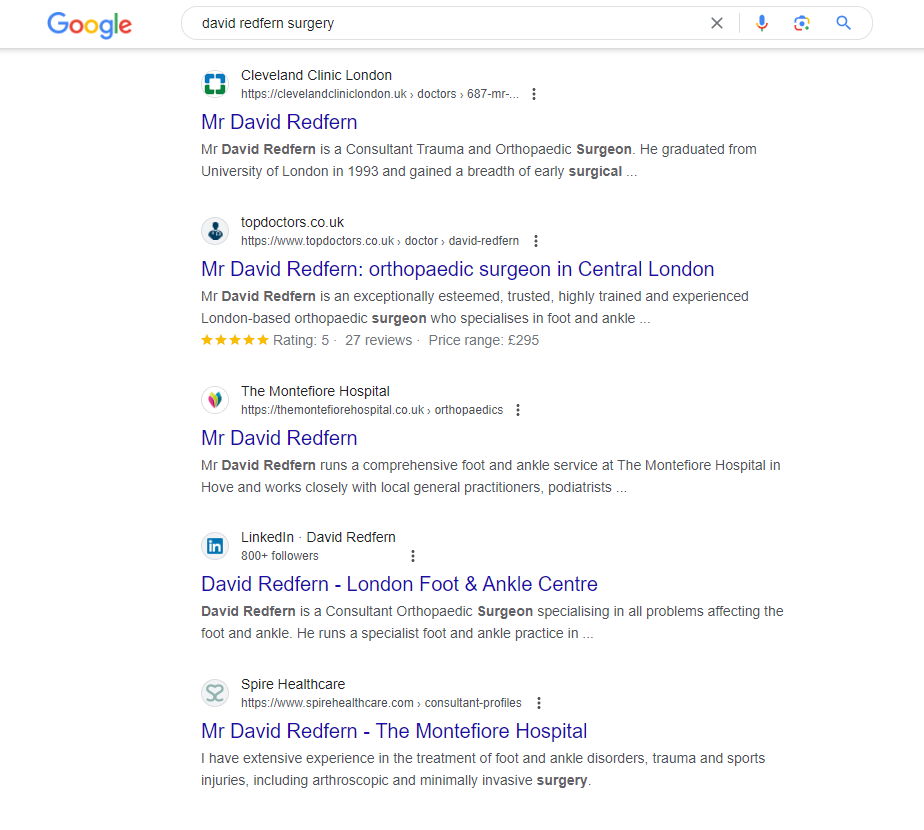
In this example, I did a quick Google of “David Redern Surgery”, as if I were a search user trying to determine if this brand is a reputable source of information on foot surgery.
I can see that this podiatrist is listed on the Cleveland Clinic, Topdoctors, Montefiore hospital, and more. And the doctor’s LinkedIn profile even comes up.
Seems legit!
How to become a recognized authority on a topic
Passing the human gut check is important. If your reader feels that after doing some quick research you’re not an authoritative or trustworthy source on a topic, they may choose to get their information elsewhere.
Countless other websites may be a better fit. And people know they have infinite choices in search results.
Doing quick research on a brand is a step outlined in Google’s quality rater guidelines.
While this isn’t a ranking factor, it goes to show how important validating a brand against a topic is.
1. Choose topics that pass human brand verification
The best way to pass these checks is to simulate the user’s experience.
Pretend you’ve just landed on your page for one of the topics you’re assessing.
Then Google your brand name to determine if people would agree that your brand has any recognition or authority on the topic.
For example, are other people talking about your brand on this topic? Or are you out in left field here?
2. Get links, mentions, and recommendations from other sites on these topics
Have other sites recommended your site as a trustworthy source for information on this topic or closely related topics?
Authority = links. An undeniable SEO truth since the dawn of search engines.
3. Focus your content time and effort on specific topics
Ultimately, the easiest way to pass these checks is to stick to your core topics. Unless you are a massive media company, you likely need to focus your resources on what is achievable.
The best way to do that is to know what your brand brings to the table for any topic you write on. And to create topics that not only align with the target audience but are cohesive to your overall brand.
4. Cover the basics on your site
This may sound obvious but is sometimes overlooked.
Ensure you have an informative about us page. And a contact page with real contact information. A privacy policy. And all that stuff to show that you’re a reputable website.
You can also consider having informative author bios and bylines that link back to author pages. I’ll cover this in more detail in future posts.
Build your own content assessment tools
If you want to learn how to make apps like this, or customize it to your liking such as changing the language outputs, join the AI SEO Academy.
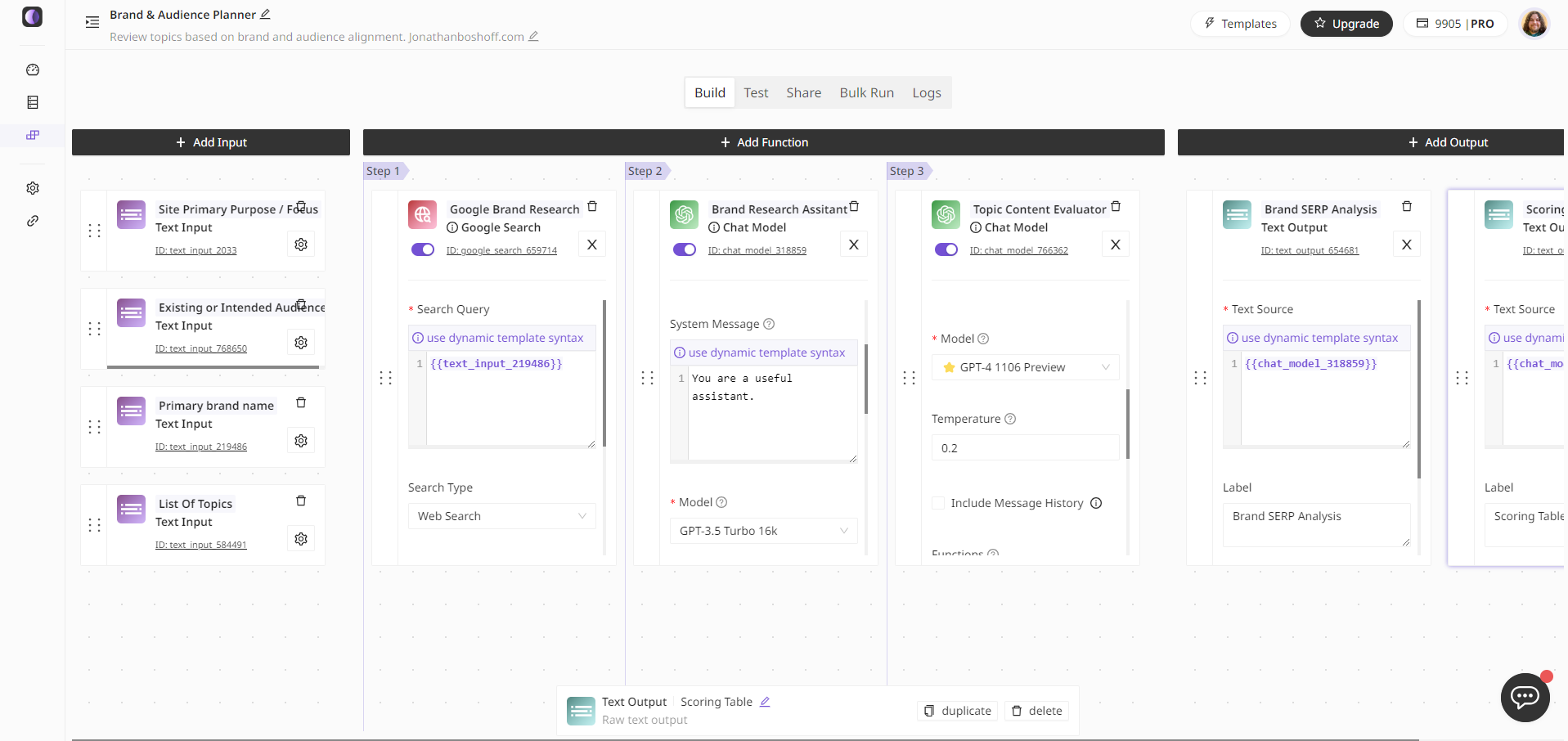
You’ll learn how to build AI-powered SEO apps. And you’ll learn how to use them to automate and improve your work.
I built this app with a few prompts and a no-code AI app builder. I’ve built several other content assessment tools like a helpful content guideline checker, a Google reviews checker, and a competitive EEAT comparison checker.


